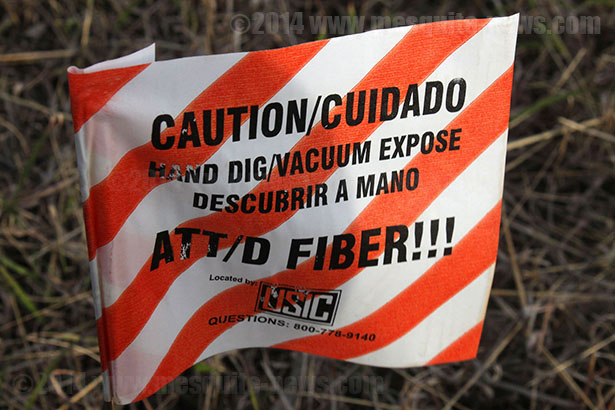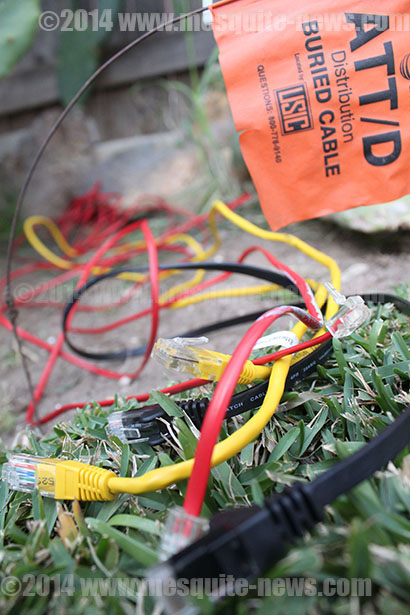
By Jacob Beltran
Anna Maria Farias stopped to check her email on an iMac at Bibliotech, San Antonio’s first all-digital library, one late March afternoon.
The retired lawyer first visited the library which opened in January on the city’s South Side at 3505 Pleasanton Road.
“I was on my way home and decided to take care of a few things,” she said, adding that she did not check her email on her phone because she dislikes the small screen.
Farias, who practiced labor law for 20 years in Washington D.C., said she stopped in on her way to her South Side home because Bibliotech provides a convenient resource.
As she reviewed her email, several middle-aged patrons raised their hands, asking for help: “How do I check my email?” “How do I lower the volume?” Bibliotech librarians answered quickly and patiently.
As simple as these questions may seem, librarians see the critical need to offering technical assistance for underserved communities. City council members and Mayor Julian Castro say the city needs to bridge the digital divide, the gap between those who can use electronic communication technology and those who cannot.
Ashley Elkof, head of bibliotech, said many residents bring their devices, such as Nooks, e-readers and tablets, asking librarians to teach them how they work.
“On a case-by-case basis, they’re coming in and not knowing how to open a web browser,” Elkof said.
A layered problem
The digital divide affects youth, middle-aged and the elderly differently.

Catarina Velasquez, community relations for Bibliotech, describes the digital divide as a layered problem. While youths may have access and technical savvy, they do not always have access to the information they need, be it large-scale databases or $7-8 books.
“Unfortunately it tracks with socio-economics, so areas that are of depressed socio-economic status have much lower if not non-existent access to broadband,” said Ron Nirenberg, District 8 City Councilman. “We hope to bridge that divide without a doubt.”
Goals for bringing San Antonio’s low-income populations up to speed include introducing Google Fiber, a fiber optic Internet service that can provide lower cost access for residents.
The San Antonio City Council approved a real estate contract with Google in mid-March, opening the way for the city’s residents to access a inexpensive high-speed, fiber-optic network.
In a phone interview last week, Nirenberg said bringing Google Fiber will create a more competitive marketplace, making Internet access more affordable.
Leticia Ozuna, former District 3 councilwoman and digital literacy advocate, confirmed AT&T and Time Warner began lowering prices and increasing offerings after the Google Fiber announcement Feb. 19.
The Bibliotech staff has responded to the lack of digital literacy by offering online and in-person tutorials on such subjects such as how to use a keyboard and mouse.
One example Velasquez gave is the library’s Nooks, which come preloaded with thousands of books, as compared to local residents who may have the Nooks, but lack the ability to afford new content from the device’s app store.
“A mother might say we don’t need to check out a Nook, we have one ourselves, but they don’t have one that has over a thousand books already loaded,” Velasquez said.
Elkof said while some schools might have tablets and more research databases, others struggle to keep up with one or two access points.
“There’s definitely a big difference … and it’s prominent here,” she said. “But it’s not saying the South Side is not terribly off; a lot of people do have smartphones.”
A lack of access
Despite the potential for faster speeds in San Antonio, a divide still exists between those who can and cannot afford broadband Internet in their homes.
Ozuna said less than 20 percent of South and West Side homes are penetrated by fiber optic cables.
“They’re using their telephone service or libraries or fast food outlets as their connecting point,” she said. “When you think about the Internet being a place for consumer research or checking the status of school work, there becomes a divide in our community.”
Google Fiber could decrease that statistic depending on where they decide to install each of the 40 fiber optic huts, which branch out fiber optic cables.
“So if the community selects a park or a community center or the WelMed ballroom, the sites will have 20 years of connectivity,” Ozuna said. “But they only come online if the community has enough density of residents to make it happen.”
She said Google Fiber transformed neighborhoods in Kansas City, where the service was first installed.
“Some the neighborhoods have opted in and created founders blocks, so a block of houses will go up for rent with software entrepreneurs checking them … they’ll come in and set up a startup-company neighborhood,” Ozuna said.
Google Fiber’s pricing in Kansas offers a three tiered offering, starting with a free basic Internet (after a one-time $300 construction fee, spread over 12-month payments), $70 a month for 1 gigabyte-per-second connection, and $120 a month for adding T.V. service.
“We’ve got to consider digital literacy just as important as baseline literacy,” Ozuna said. “As long as we’re talking about both of those things at the same time, we’re doing better to moving the ball forward.”






